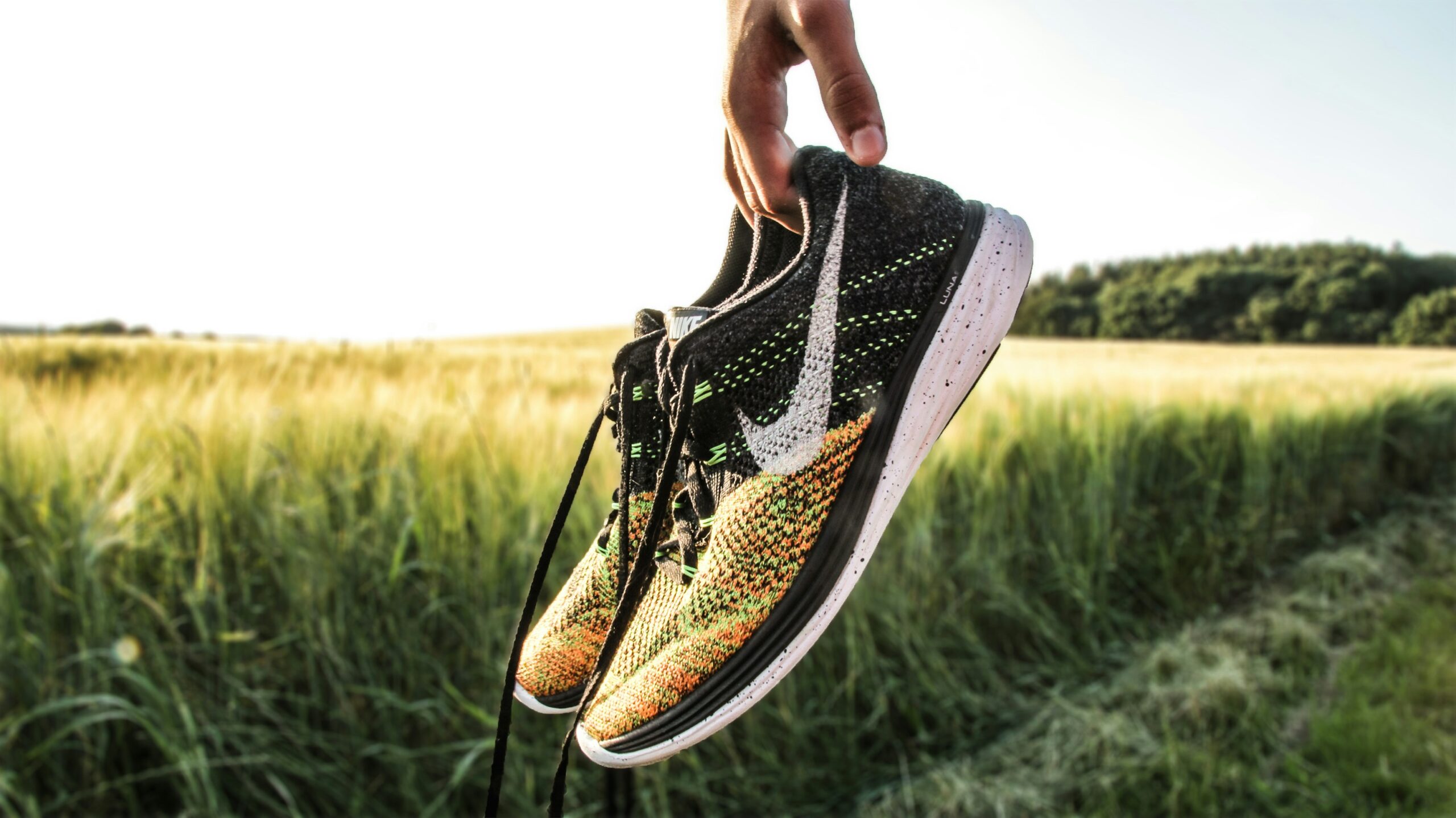Are you ready to lace up and hit the pavement? Whether you’re a seasoned marathoner or just starting your jogging journey, choosing the right running shoes is essential for comfort, performance, and injury prevention. With so many options on the market, finding the perfect pair can seem overwhelming. But fear not! We’ve compiled a comprehensive guide to help you navigate the world of running shoes like a pro.
Understanding Your Feet
Before diving into the sea of shoe options, it’s crucial to understand your feet. Everyone’s feet are unique, so what works for your friend may not necessarily work for you. Take some time to assess your foot shape, arch type, and any specific issues or conditions you may have, such as overpronation or high arches. Knowing your feet will help you narrow down the vast array of shoe choices and find ones that provide the support and comfort you need.
Choosing the Right Type of Shoe
Once you have a good grasp of your foot anatomy, it’s time to consider the different types of running shoes available. There are three main categories: neutral, stability, and motion control. Neutral shoes are ideal for runners with a normal arch and neutral pronation. Stability shoes offer added support for mild to moderate overpronators, while motion control shoes are designed for severe overpronators or individuals with flat feet. Selecting the appropriate type of shoe for your foot type will help prevent injuries and enhance your running experience.
Finding the Perfect Fit
Fit is king when it comes to running shoes. A shoe that’s too tight can cause blisters and discomfort, while one that’s too loose can lead to instability and injuries. When trying on shoes, make sure there’s about a thumb’s width of space between your longest toe and the end of the shoe. Pay attention to how the shoe feels around your heel, midfoot, and toe box. You want a snug but not constricting fit, with ample room for your toes to wiggle.
Testing for Comfort and Performance
Once you’ve found a few pairs that fit well, it’s time to put them to the test. Take each pair for a short test run around the store or on a treadmill if available. Pay attention to how they feel with each stride. Do they provide enough cushioning and support? Are there any areas of discomfort or rubbing? Trust your instincts and go with the pair that feels the most comfortable and supportive for your feet.
Considering Terrain and Running Goals
Think about where and how you’ll be using your running shoes. Are you primarily a road runner, or do you prefer hitting the trails? Different terrains require different shoe features. Road running shoes typically have more cushioning and a smoother tread, while trail running shoes offer added traction and stability on uneven surfaces. Additionally, consider your running goals. Are you training for a race, working on improving your speed, or simply running for fitness and enjoyment? Your goals can help guide your shoe selection and ensure you find a pair that meets your specific needs.
Budget and Quality
While it’s tempting to splurge on the latest high-tech running shoes, it’s essential to find a balance between quality and budget. Remember that higher price tags don’t always equate to better performance or comfort. Look for shoes that offer the features you need at a price point that won’t break the bank. Keep in mind that investing in a quality pair of running shoes is an investment in your health and performance, so prioritize comfort and support over flashy design or brand name.
Choosing the right running shoes is a crucial step in ensuring a comfortable and enjoyable running experience. By understanding your feet, selecting the appropriate type of shoe, and prioritizing fit, comfort, and performance, you can find the perfect pair to support you on your running journey. Remember to consider your terrain, running goals, and budget when making your selection. With the right pair of shoes, you’ll be ready to conquer any distance with confidence and style!
References/Citations:
- American Podiatric Medical Association. (n.d.). Running Shoes: How to Choose the Best Running Shoes. Retrieved from https://www.apma.org/running
- Mayo Clinic. (2021, May 4). Running shoes: How to choose the best running shoes. Retrieved from https://www.mayoclinic.org/running-shoes
- Runner’s World. (n.d.). Running Shoe Finder: Find Your Ideal Running Shoe. Retrieved from https://www.runnersworld.com/running-shoes

